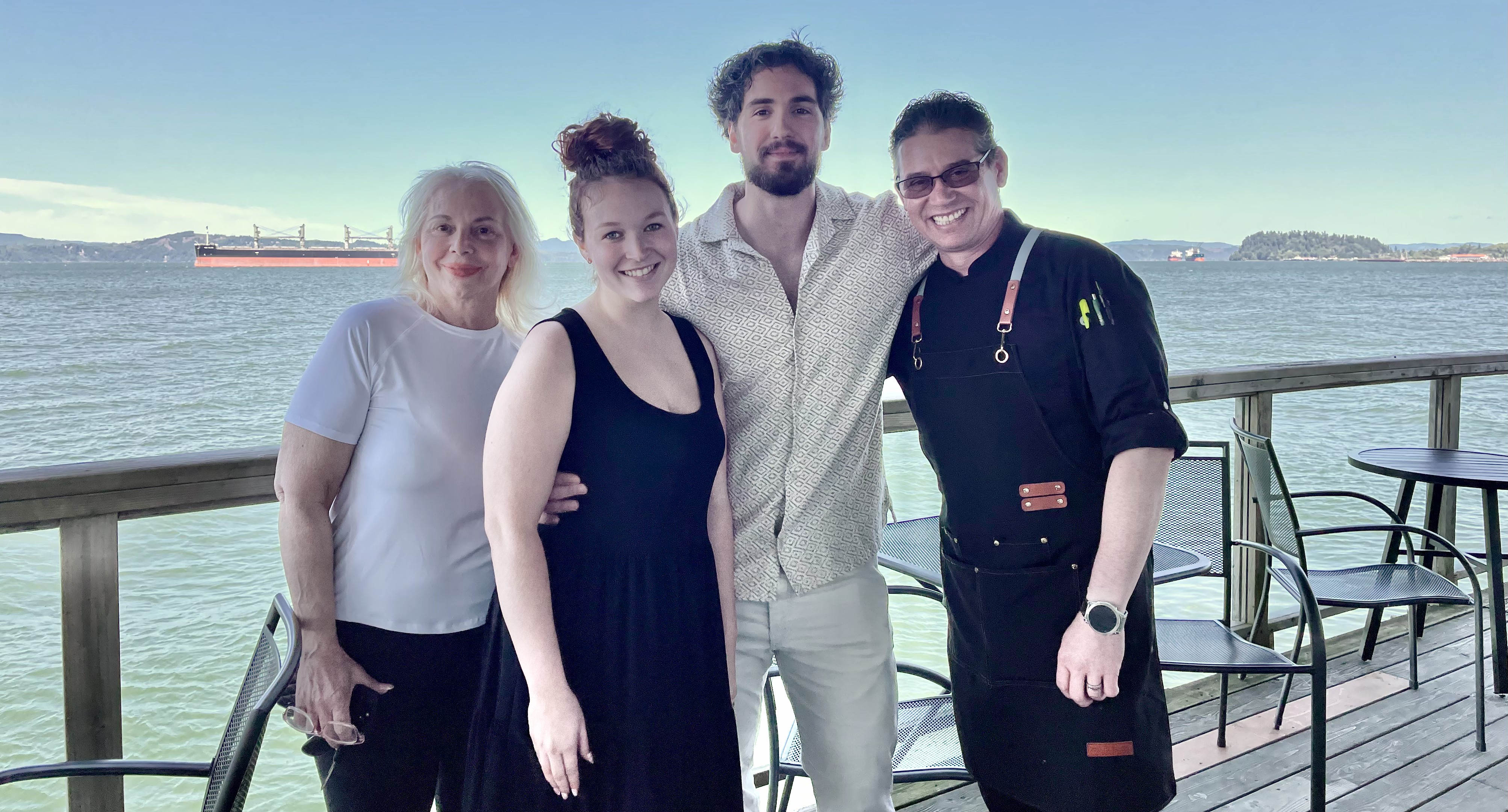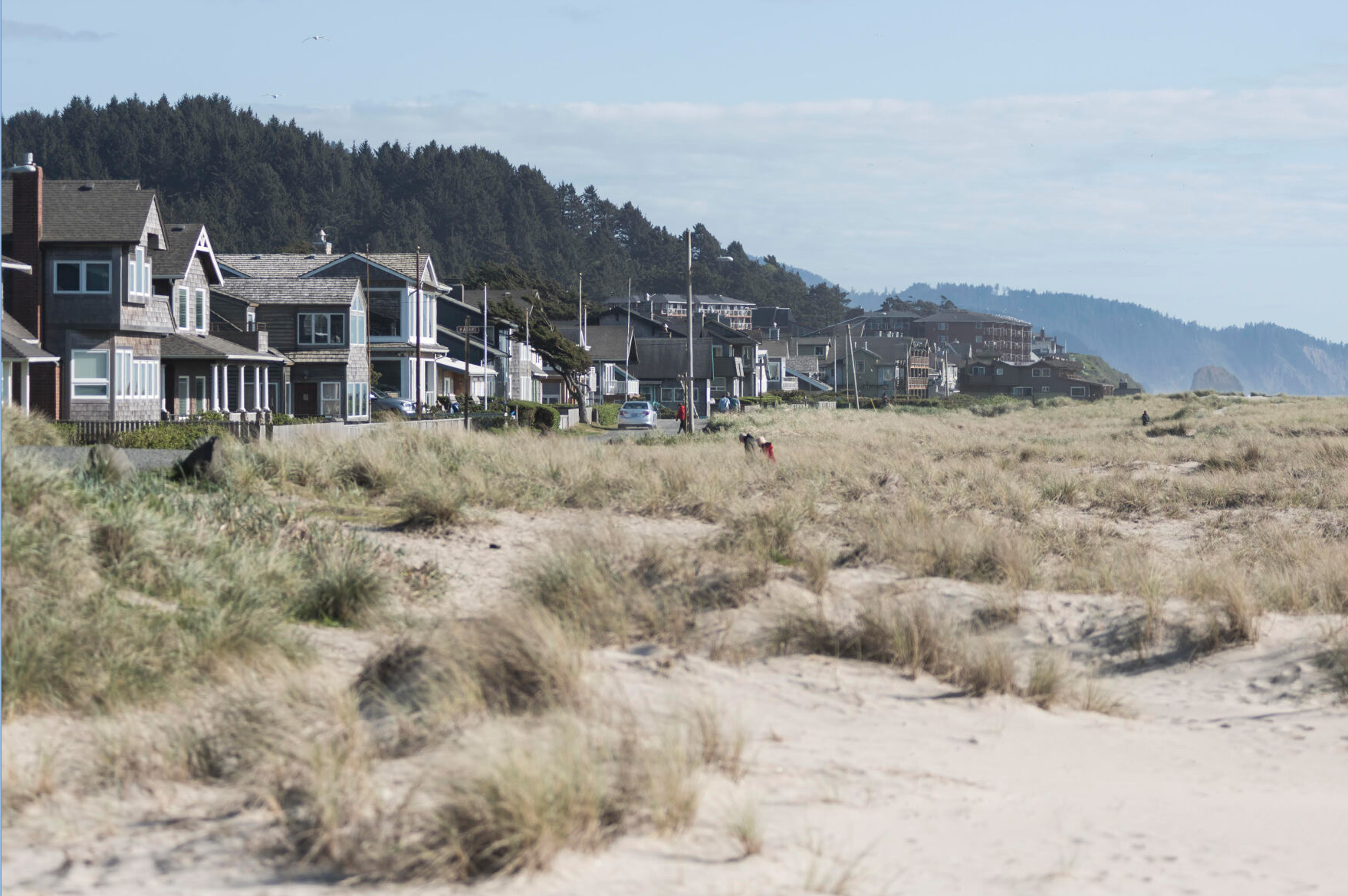From the editor’s desk
Published 8:00 am Saturday, September 7, 2024

- Horses sprint to the finish line during annual races at the Tillamook County Fair.
Thank you for your interest in reading The Astorian. Here are a few stories that you might have missed this week:
Trending
•••
The rodeo queen and her court have made some calculations.
In their hands are 2-pound blocks of medium cheddar cheese, Tillamook County Creamery Association brand.
Trending
Between horse races at the Tillamook County Fair in August, they carry the cheese from their seats in the arena to the paddock where jockeys and horses gather before each race. They place a block of cheese above each stall.
By the end of this year’s four-day meet, they estimate they will have carried and placed roughly 300 pounds of cheese.
It’s a tradition. Why? They’re not sure, though it makes sense to them that a place known for its dairy farms would give the gift of cheese.
The horse races themselves have an even longer tradition at the fair. Today, the Tillamook County Fair is one of only four venues left in Oregon where people can still go see live horse racing.
For jockeys, breeders, owners, trainers and others in the industry, the Tillamook County Fair is an important link in an ever-diminishing circuit of racing events across the region. For the fair, the races are a major draw, attracting key local sponsorship and bringing in thousands of visitors from across the state and beyond. Some of these visitors only come for the races.
Fair manager Camy VonSeggern says that as long as she is in charge of running the fair the races will continue.
“I need it to be here,” she said. “We get a lot of buy-in from locals, local people who have either been horse breeders, horse owners. Just the interest in the sport itself draws a lot of people who are local — and their families for generations have been involved in it in one way, shape or form.”
But the fair relies on the state for the money to host the races and maintain necessary infrastructure like the track. The line item in the fair’s budget this year for the races was for $260,000, all of it essentially pass-through funds. The fair receives a percentage of the total handle — the amount of money wagered by bettors — but that money, too, gets poured back into the races.
And the Oregon Racing Commission, the state agency that oversees the summer circuit of horse races across the state and the betting on the races, has faced significant scrutiny from lawmakers in recent years. Discussions about how horse racing should be managed in Oregon are expected to surface in the next legislative session.
See the story by Katie Frankowicz via our news partner at KMUN by clicking here.
•••
One of the Oregon Board of Forestry’s newest members faced concerns this week over a June trip to potential state timber harvest sites in Clatsop County at the invitation of an environmental nonprofit.
Earlier this year, two proposed clearcuts in the 2025 annual operations plan for the Department of Forestry’s Astoria District Office — Mothball Hill and Davis Ridge — drew unprecedented local pushback from neighbors and organizers with North Coast Communities for Watershed Protection, who were frustrated by what they described as a lack of notice and transparency.
Bob Van Dyk, the former policy director for the Wild Salmon Center, was appointed by Gov. Tina Kotek to the Board of Forestry and confirmed by the state Senate this spring. In June, North Coast Communities for Watershed Protection invited him to visit Mothball Hill and Davis Ridge east of Astoria and hear from property owners. He went with Astoria District Forester Dan Goody and other local Department of Forestry staff, using travel reimbursement and a per diem approved by Jim Kelly, the chairman of the Board of Forestry, and Cal Mukumoto, the state forester.
“I went out there because there was concern about process and communication, and it feels to me like it’s certainly in the purview of the Board of Forestry to know how the department is interacting with citizens who have concerns about the department’s plans,” Van Dyk told The Astorian. “The folks out there felt like they didn’t have any notice. They were surprised.”
Van Dyk said he had no intention of representing the Board of Forestry — a message he made clear in his correspondence with North Coast Communities for Watershed Protection. Still, some see the trip as an overstep.
Kelly said Van Dyk’s request for travel reimbursement and a per diem was one of the first of its kind he and Mukumoto had received. While he acknowledged their approval, he feels in retrospect that the visit was not a duty of the board.
“Yes, we approved. Yes, we discouraged you, and you went ahead anyhow,” Kelly told Van Dyk at a Board of Forestry meeting in Salem on Wednesday. “That is your right, absolutely. Any board member has the right to go anywhere they please. They don’t have a right to represent the board. You did not … but there is a perception issue, and perceptions are important. And a lot of people thought you were representing the board.”
Read the story by Olivia Palmer clicking here.
•••
We invite you to help sustain local journalism on the North Coast. Please consider subscribing. We have several options available at: www.dailyastorian.com/subscribe-now/
— Derrick DePledge









